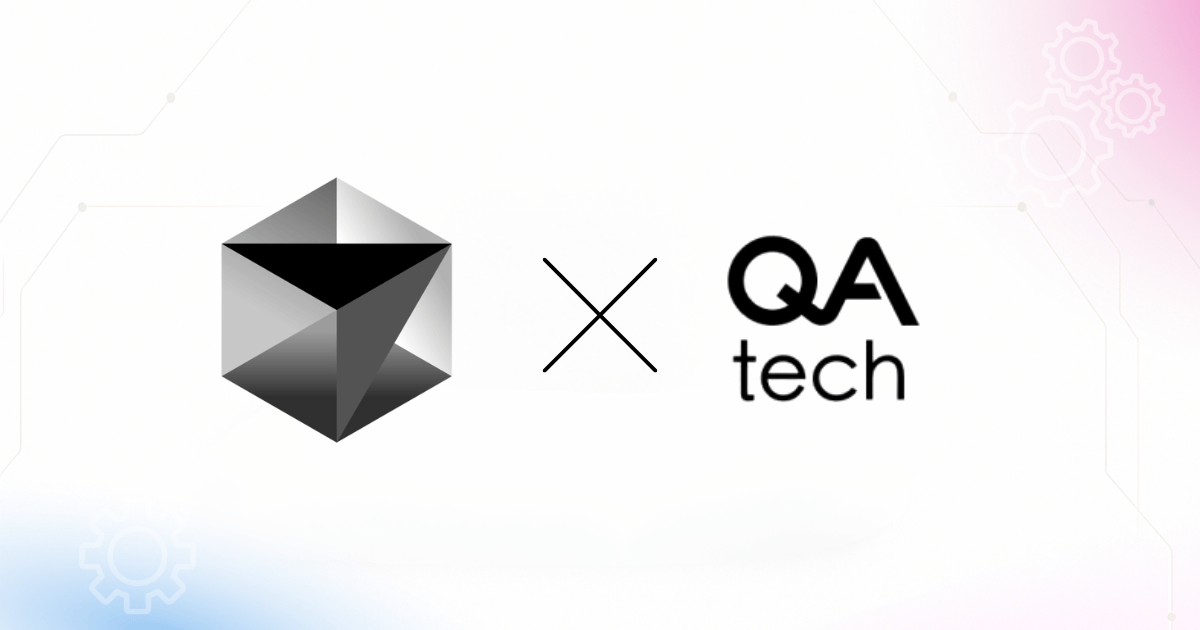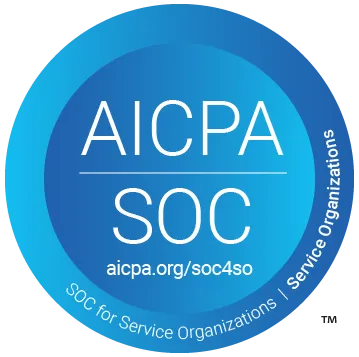How Cursor Fits into the Modern CTO’s AI Strategy


For the past two years the most frequent question a CTO receives is: “Can’t we just use AI to build the whole thing?”.
The board would like to hear it, the CEO would love to talk about it, and the engineers on your team are already using AI whether you’ve sanctioned them or not.
AI slowly crept itself into the daily workflows of most software teams. The challenge isn’t deciding whether to use AI. That decision has already been made for you. The challenge is deciding which tools actually make sense, and how to fit them into your organization without turning your stack into a graveyard of hype driven experiments.
That’s where Cursor comes in. It’s one of the few AI tools that has earned a real spot in developer workflows, and it gives us a great lens into what a modern CTO’s AI strategy should look like.
The CTO’s Dilemma
As usual, the pressure on CTOs is coming from both directions.
You’ve got leadership who just watched the latest OpenAI release forward you random LinkedIn posts titled “10x Developer With AI”. Developers are already copy pasting prompts into ChatGPT and Cursor wondering how far they can push it before someone asks them awkward security questions.
Your job is to walk the line. Move fast enough to stay ahead, but not so fast that your database migrations come with plot twists.
Picking the right tools matters! They need to increase your productivity without turning making your workflows unmanageable.
Cursor in the Editor: Speed With Guardrails
Cursor works because it uses the exact same interface developers are already familiar with. It’s just an editor — actually a fork of VSCode — but with an extra chat window built in.
- It generates and refactors code in context
- It can answer questions about the codebase in natural language
- It can follow pre-configured rules and guidelines
- And MOST importantly: it suggests diffs you can review instead of silently rewriting files behind your back (looking at you Claude Code)
This combination makes it feel like a native part of the dev workflow. But code without quality is just a faster way to ship bugs — and that’s where another piece of the puzzle comes in.
Code Without Quality Is Just Faster Bugs
The most important thing, before anything else is to introduce a non-negotiable hard rule to simply look at the diffs before accepting any changes to the code. If you take your eye off the diffs submitting a PR for review is going to waste more time than the AI saved.
Here’s a list of best practices:
- Use Cursor rules. Great rules are an asset to the project.
- PRO TIP: If you see the AI making a mistake after you guided it to a fix, ask it to document the guideline in the form of a Cursor rule.
- Add Docs for all the main dependencies you’re using (e.g. APIs, SDKs, frameworks)
- PRO TIP: Make sure that the scraper actually managed to pull in a significant number of pages from the docs you linked it to. You can see the number of pages indexed by going to Settings/Indexing & Docs/Docs and then clicking on the small open book icon next to the doc item.
- Document your own processes and create guides. Get into the habit of asking the AI to write an
.mdfile for the feature you just finished working on, or the design decision you took. If you like standards, you can have a guide on how to write a guide. - TDD actually works quite well here. Design tests for you code and make sure you have good coverage.
- Consider adding an AI driven QA agent to your project to catch issues early and reduce cost
For the QA agent I recommend giving QA.tech a shot.
It is the natural complement to Cursor. Cursor accelerates coding, QA.tech accelerates quality.
QA.tech automatically generates tests, keeps them stable even as your codebase changes, and lets your team describe tests in natural language instead of brittle scripts.
This “agentic QA” approach is just as big of a deal as agentic coding itself. Together they pack a solid one-two punch: faster code + confidence that it won’t break the second you deploy it.
For a CTO, that’s the sweet spot — get the speed without sacrificing reliability.
AI in the Whole Lifecycle (Not Just Coding)
Zooming out into the bigger picture, AI isn’t just showing up in the editor. It’s slowly making its way into every stage of the delivery pipeline:
- Planning: AI summarizes meetings, refines user stories, breaks down epics into tasks, even references customer feedback
- Design: It may not one-shot a Pokemon Go backend architecture, but it is very useful for ideation. You can get it to generate many different solutions to a problem and slowly move into the direction you prefer
- Coding: Obviously
- Testing: Automated testing solutions like QA.tech are reinventing the testing game with agentic, self-maintaining test suites written in plain language
- Ops & Deployment: optimizes CI/CD pipelines, predicts risky deployments, and even trigger smart rollbacks
- Maintenance: Logs, tickets, post-deployment gremlins, AI is now the first line of triage
Once you see it, you realize AI is becoming the connective tissue across the entire software development lifecycle.
The Culture Shift: What Changes for Teams
The cultural shift is as important as the technical one.
Here’s the good news:
- Developers who used to drown in boilerplate and brittle tests now can spend more energy solving real problems
- Onboarding is smoother because new hires can simply ask the codebase instead of pestering teammates
- Teams move faster, and morale actually goes up
But it’s not all good news:
- Developers are pressured to ship at an unreasonable pace
- Hallucinations are real and dangerous
- Over-reliance causes skill loss overtime
- LLMs can pose real security concerns
That’s where the CTO’s job comes in: governance. The job isn’t just to simply green-light AI, but to set the guardrails and processes in place that will help teams use AI safely and productively.
Moving From Strategy to Daily Practice
The future won’t land overnight. This will be a gradual change but a change that you should be prepared for.
So, when the board asks you “what’s our AI plan?”, you don’t have to wave your hands at hype. You can point to practical, real-world tools that are already changing the way your teams work.
That’s how Cursor fits into a modern CTO’s AI strategy: as a tactical win today, and a building block for the bigger shift tomorrow.
P.S. If you care about quality, check out QA.tech as well.

Stay in touch for developer articles, AI news, release notes, and behind-the-scenes stories.

